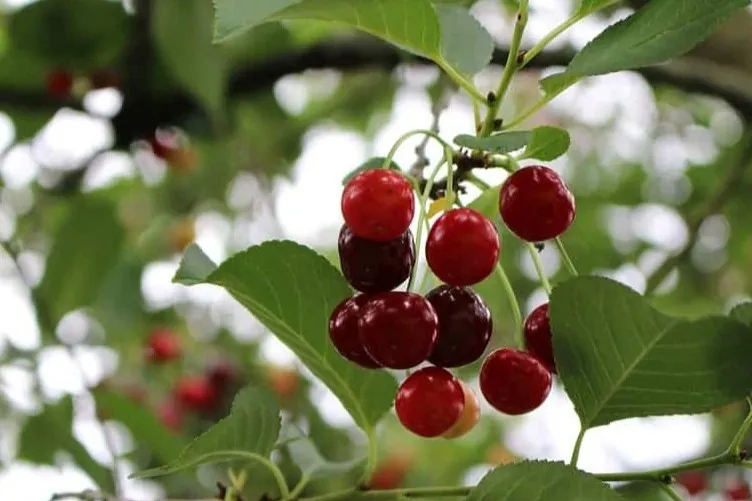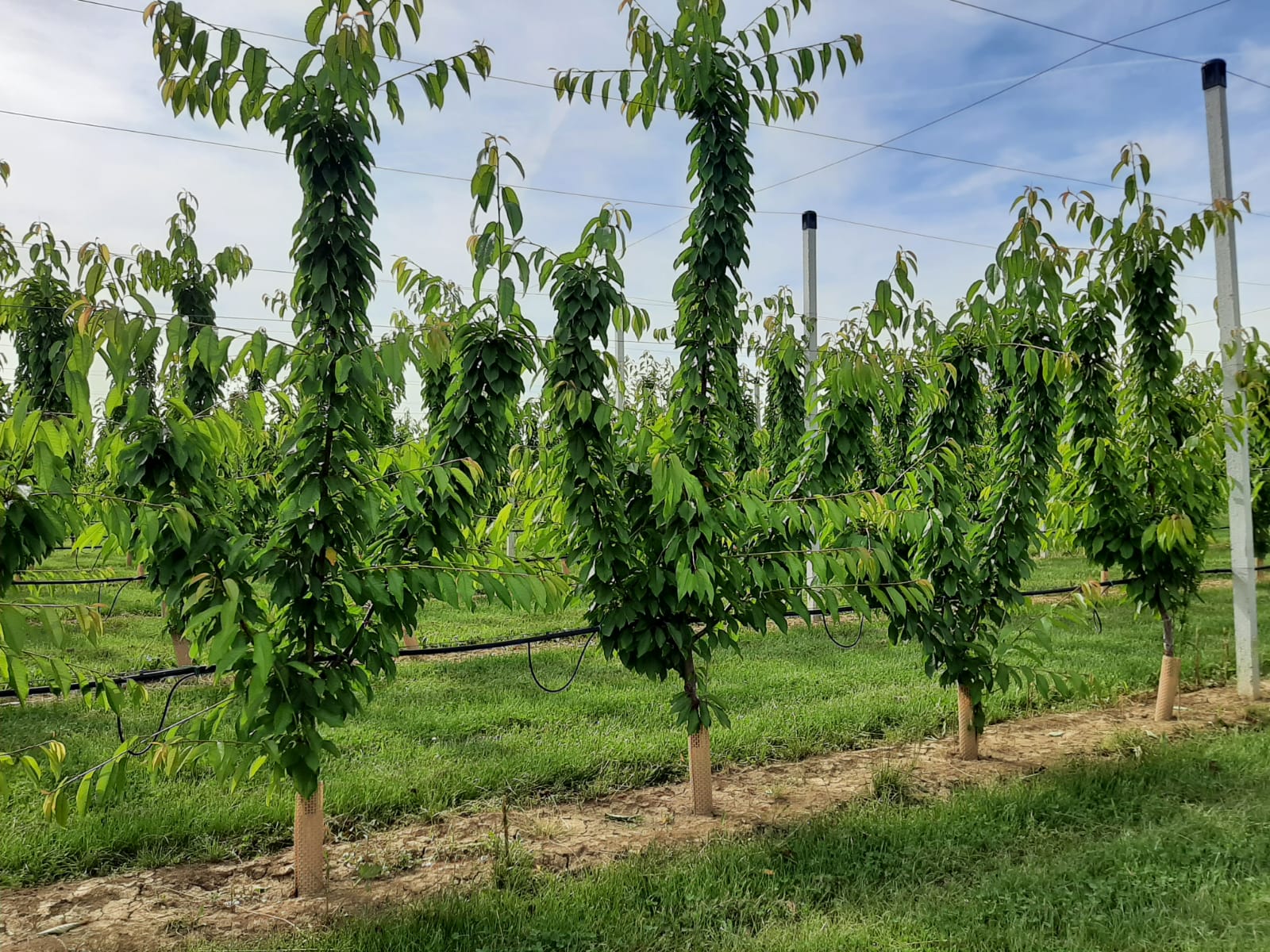The certification campaign for Jerte cherries with Protected Designation of Origin (PDO) for the 2025 season has officially started. This campaign marks a turning point with the inclusion of three new varieties – Van, Lapins, and Burlat – which join the historic Navalinda, marketed under the PDO label for over thirty years.
The result? An expected certified production of around 7,000 tons, including approximately three million kilos of the renowned Jerte picotas.
The announcement came from José Antonio Tierno, president of the PDO Regulatory Council, who emphasized that this evolution will allow 6.5 million more kilos to be brought to market compared to last year. “An important opportunity to further enhance the quality of our cherries,” Tierno stated.
Seasonal delay and outlook
Although the harvest began about two weeks later due to heavy spring rains, the weather did not cause significant damage. The current conditions point to a favorable season in terms of both volume and quality, weather permitting in the coming weeks.
The Burlat variety, the earliest in the area, was the first to be certified and harvested: it has a caliber between 22 and 28 millimeters and will be available until early June. This will be followed by Navalinda, Van, the iconic picotas, and finally Lapins, a late variety that extends the season through August and accounts for up to 40% of the total harvest.
More varieties, more visibility
The inclusion of these new varieties in the PDO specification makes it possible to cover the entire harvest campaign timeframe, expanding the market availability window. “This is exciting news for us,” said Tierno, “because it allows us to offer PDO cherries for a longer period, increasing brand visibility and product recognition.”
Over the past decades, climate change has significantly impacted traditional production, with earlier blooming and altered ripening cycles. Updating the specifications responds to the need to maintain high quality standards while adapting to new growing conditions.
Cherries and picotas in the markets
Another innovation of the 2025 campaign is the coexistence of cherries and picotas from Jerte PDO on the market until the end of the season—an unprecedented occurrence that further enhances the region’s identity. Picotas will begin certification in mid-June, but thanks to the synergy with the new varieties, they will be available on shelves alongside cherries.
Currently, over one hundred cherry and picota varieties are grown in the Jerte Valley, but only eight meet the PDO criteria. Grown at altitudes up to 1,200 meters and hand-harvested using traditional methods passed down through generations, these cherries stand out for their flavor, texture, and quality.
Each certified fruit carries a secondary label that guarantees its origin and excellence. This season is shaping up to be not only abundant but also strategic for the image of the Jerte PDO Cherry, which is increasingly synonymous with quality, tradition, and innovation in the European cherry sector.
Source text and image: cerezadeljerte.org
Cherry Times - All rights reserved












